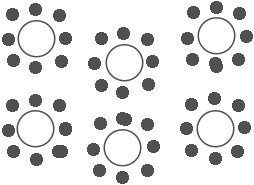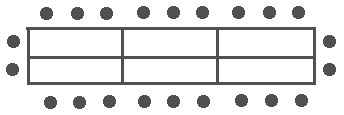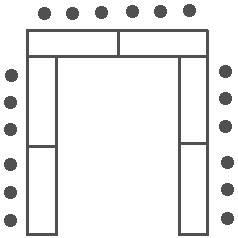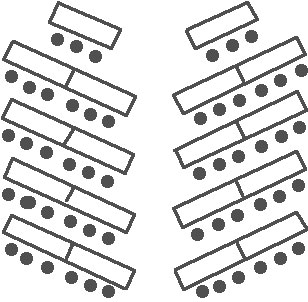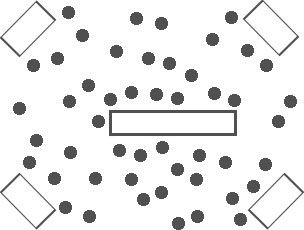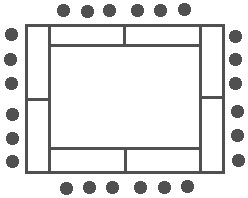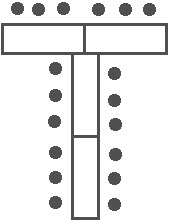Room pricing and guidelines
Setup/Labor fees & Room Pricing
There are various rooms in Wood Center that maintain a standard setup which internal users will not be charged for. Deviations from the standard setups may result in charges. 'Setup' is the time it takes to prepare a space for your event and teardown is the cost to reset it after an event. For those rooms requiring a setup, the fees can be found on our updated pricing sheet which also includes the general room pricing guidelines: WOOD CENTER SCHEDULING PRICES PDF
Food and beverages
All food and beverages must be arranged through UAF Dining Services. Please be advised that UAF Dining Services is the sole food provider for UAF. UAF Catering must be contacted at least two weeks in advance. If you are unable to provide a 14 day notice, please contact Chartwells Catering at 907-474-6820.
To use a vendor other than Chartwells Catering and/or provide store bought or donated items for your event a Food Liability Release Request Form must be submitted for approval prior to the event. Send requests to uaf-dining@alaska.edu at least two (2) weeks in advance to ensure time for processing. Please attach a menu or items for purchase and an estimate of cost from proposed vendor (i.e. outside caterer or grocery store, etc). For more information, please contact UAF Dining Services at 907-474-6661.
Alcohol
Student clubs are prohibited from serving alcohol at club sponsored events.
To serve alcoholic beverages at your event, you must submit an alcohol beverage application ten days prior to the event.
Room setups
Determining room arrangements through our office will be simplified if you plan in advance how you want the room to look. Include what elements you feel are necessary to achieve your event goals. Consider items such as food tables, staging, sound equipment, and dance floor, etc. We can guide you through this process.
The physical setup of the meeting rom environment can have a huge effect on the success of any session - from the largest convention plenary to the smallest breakout session or executive seminar. So it pays to give special attention to seating arrangements.
- Give people room to shift comfortably without disturbing others; don't jam chairs or people together.
- Allow easy access to and from seating; consider factors like aisle locations (and widths), distance between rows of chairs, location of seating in relation to room entrances and exits.
|
|
Theatre style Rows of chairs only. The usual setup for large conferences and plenary sessions where attendees listen more than participate. |
|
|
Banquets Good for events such as...banquets or working in small groups. |
|
|
Boardroom style Good for participatory meetings of 22 people maximum. |
|
|
U-shape Sometimes called horse-shoe style. For relatively small groups where attendees are expected to join in. Speaker/leader usually works from the open end of the U. |
|
|
Classroom style Often called school room style, because its the normal setup when participants must take notes. |
|
|
Receptions Large groups of people should be organized in a way that minimizes annoying line-ups and crowding. |
|
|
Hollow square A configuration often used when participants must be treated as equals. |
|
|
T-shape An arrangement for small full-discussion groups. |




